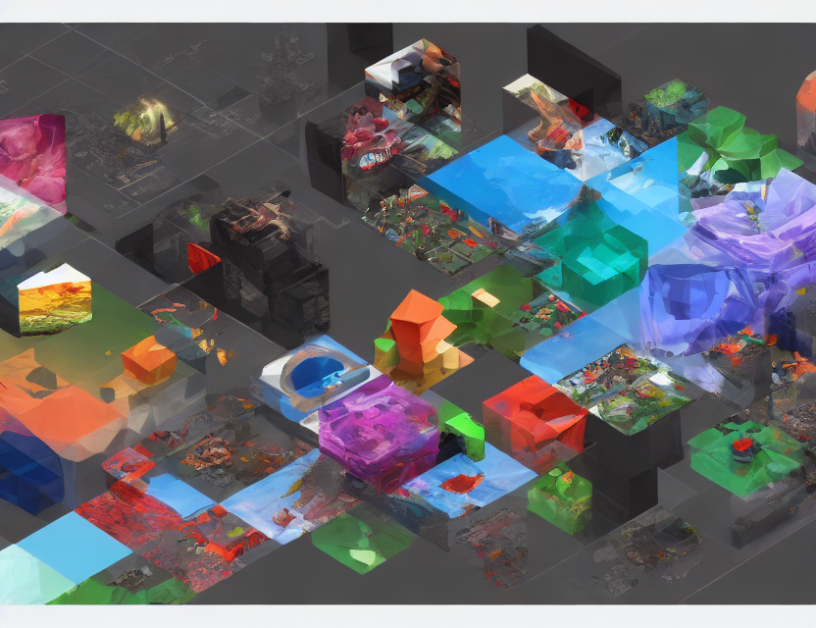Imagine you’re planning a party and want to create a fun and engaging playlist for your guests. You want to include a variety of songs that will appeal to everyone, but you also don’t want to overwhelm them with too many choices. In this article, we explore how researchers are using machine learning algorithms to help generate diverse multimedia layouts, such as images and videos, that cater to different tastes and preferences.
Multi-Choice Learning
The authors propose a novel approach called Multi-Choice Learning (MCL), which allows the algorithm to learn from multiple choices rather than just one. This enables the system to generate more diverse layouts that are tailored to individual users’ preferences. MCL is particularly useful in multimedia applications where different people may have distinct tastes and preferences, such as music streaming services or online advertising.
Diverse Multimedia Layout Generation
The proposed method, Diverse Multimedia Layout Generation (DMLG), combines MCL with other techniques to generate diverse layouts that cover a wide range of possibilities. The algorithm starts by learning from multiple choices and then generates new layouts based on the learned patterns. The resulting layouts are diverse, meaning they cover a wide range of possibilities, rather than simply repeating the same patterns over and over.
Application to Generative Models
The authors also apply their method to unsupervised learning, specifically in the autoencoder framework. They show how MCL can be used to improve the performance of Variational Autoencoders (VAEs) by learning from multiple choices rather than just one. This approach allows the algorithm to represent not only the modes of clusters in representational space but also their spread and variance, which is a significant improvement over traditional VAEs.
Conclusion
In summary, this article presents a novel approach called Multi-Choice Learning (MCL) that enables machine learning algorithms to generate diverse multimedia layouts that cater to individual users’ preferences. The proposed method, Diverse Multimedia Layout Generation (DMLG), combines MCL with other techniques to generate diverse layouts that cover a wide range of possibilities. The authors also apply their method to unsupervised learning and show how it can improve the performance of Variational Autoencoders (VAEs). The proposed approach has significant implications for multimedia applications where different people may have distinct tastes and preferences.



